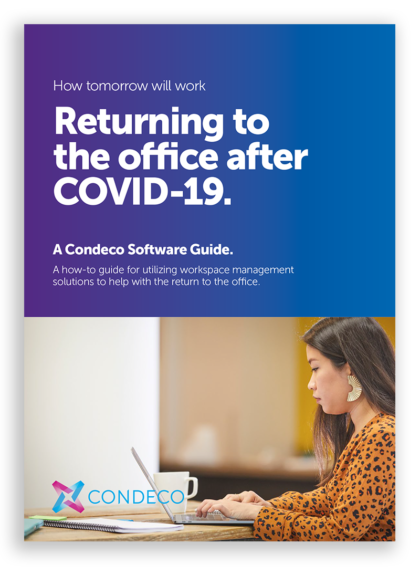In years to come, we will look back on 2020 and 2021 as the years COVID-19 transformed the world in ways that will have lasting effects on all of us. But in the here and now, we are all looking to return to the office at least occasionally to benefit from easier collaboration.
But how do we transition to this future; back to the office with fewer desks for the same workforce, who also now demand a more flexible approach to work, all while ensuring employee health and wellbeing?
How to plan out a return to the office for your workforce
Supporting these physical distancing measures will require reducing commute times and maintaining and improving flexible work methods, where offices will become a place to meet and collaborate.
But there is more to it than just this; planning for a return to the office requires some careful consideration this guide outlines it for you as we look to enable flexible work, and the technology that aids in this shift.
Before employees even arrive at the office, a clear and transparent framework of where they will be working and who with will be needed for health, trust, and practical reasons. Achieving this means managing your real estate and workforce through improved technology integration.
This guide discusses five return to work essentials:
- Deploying a workspace scheduling solution
- Controlling space, capacity, and density of the workplace
- Enabling effective workspace sanitization
- Delivering choice and flexibility to employees
- Tracing contacts of any employees showing symptoms.
Looking ahead to how tomorrow will work
Once the threat of COVID-19 subsides, the business world that emerges will be very different from that which preceded it. React to the challenges ahead, keep an open mind to new solutions and opportunities, and most importantly remain safe.



